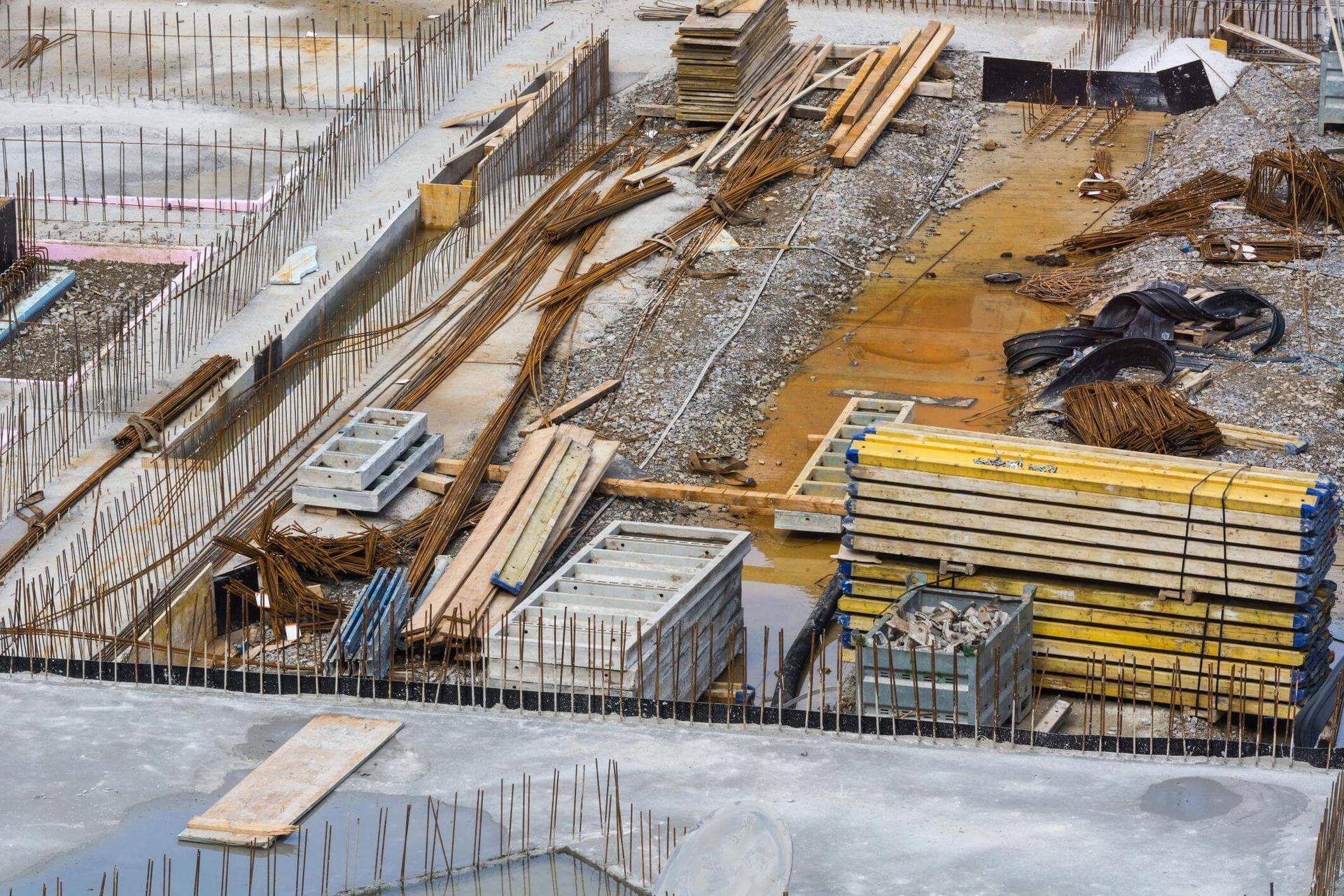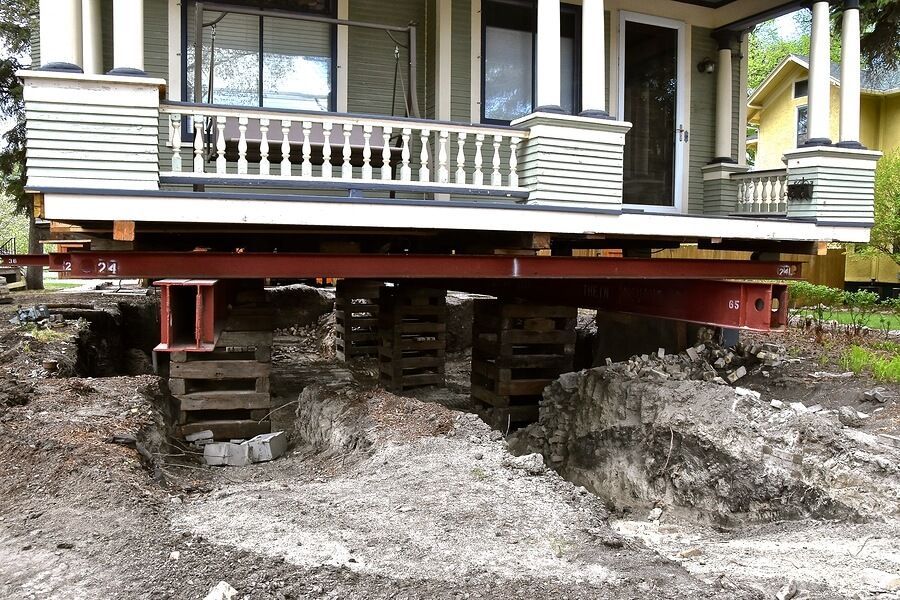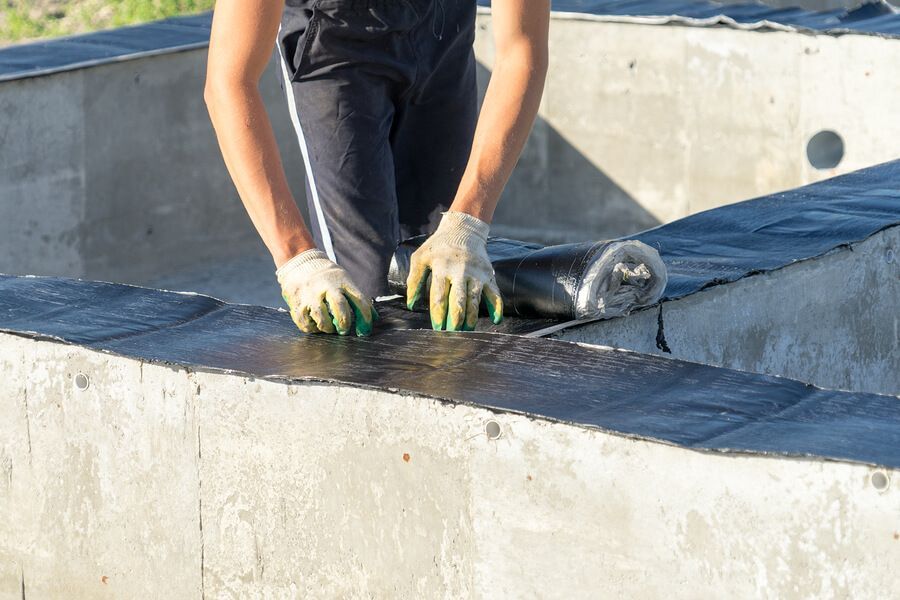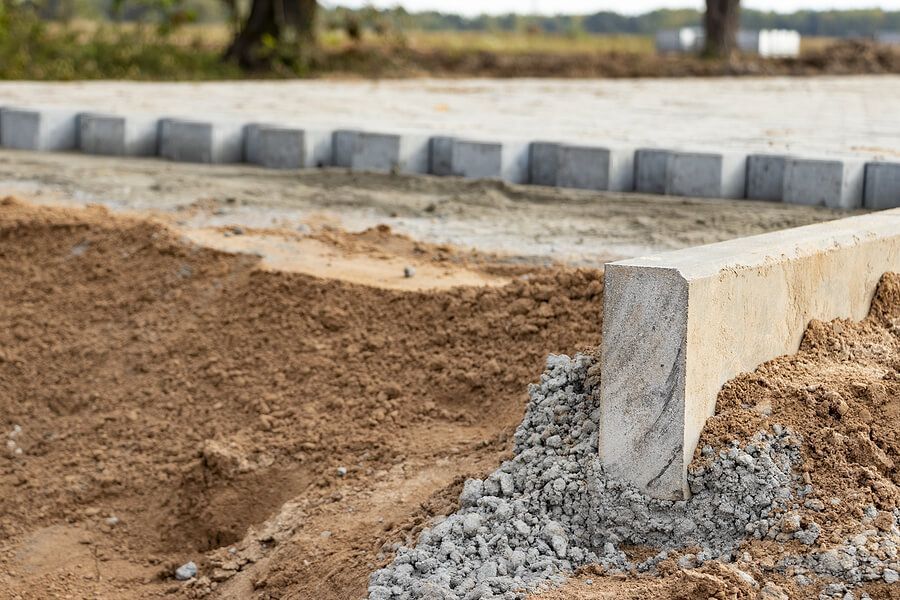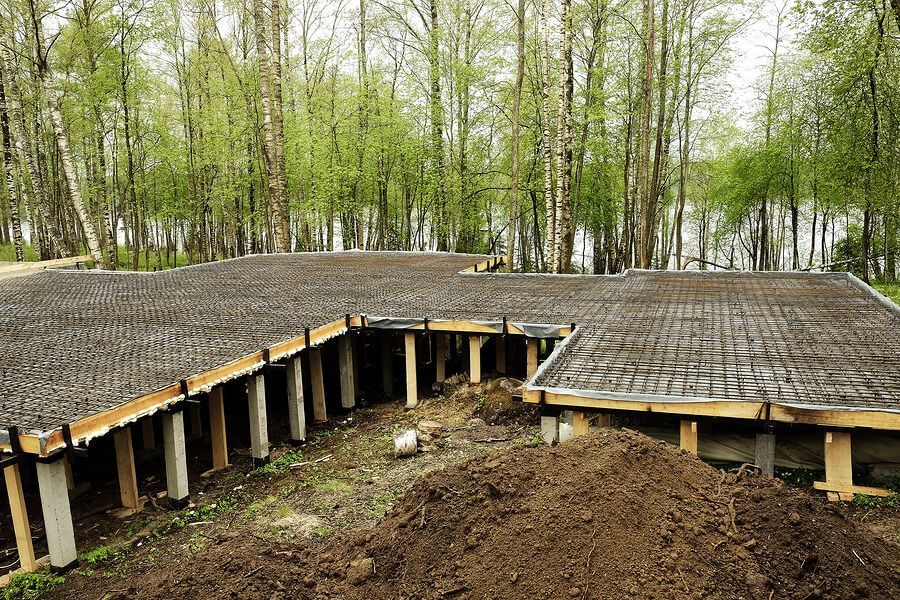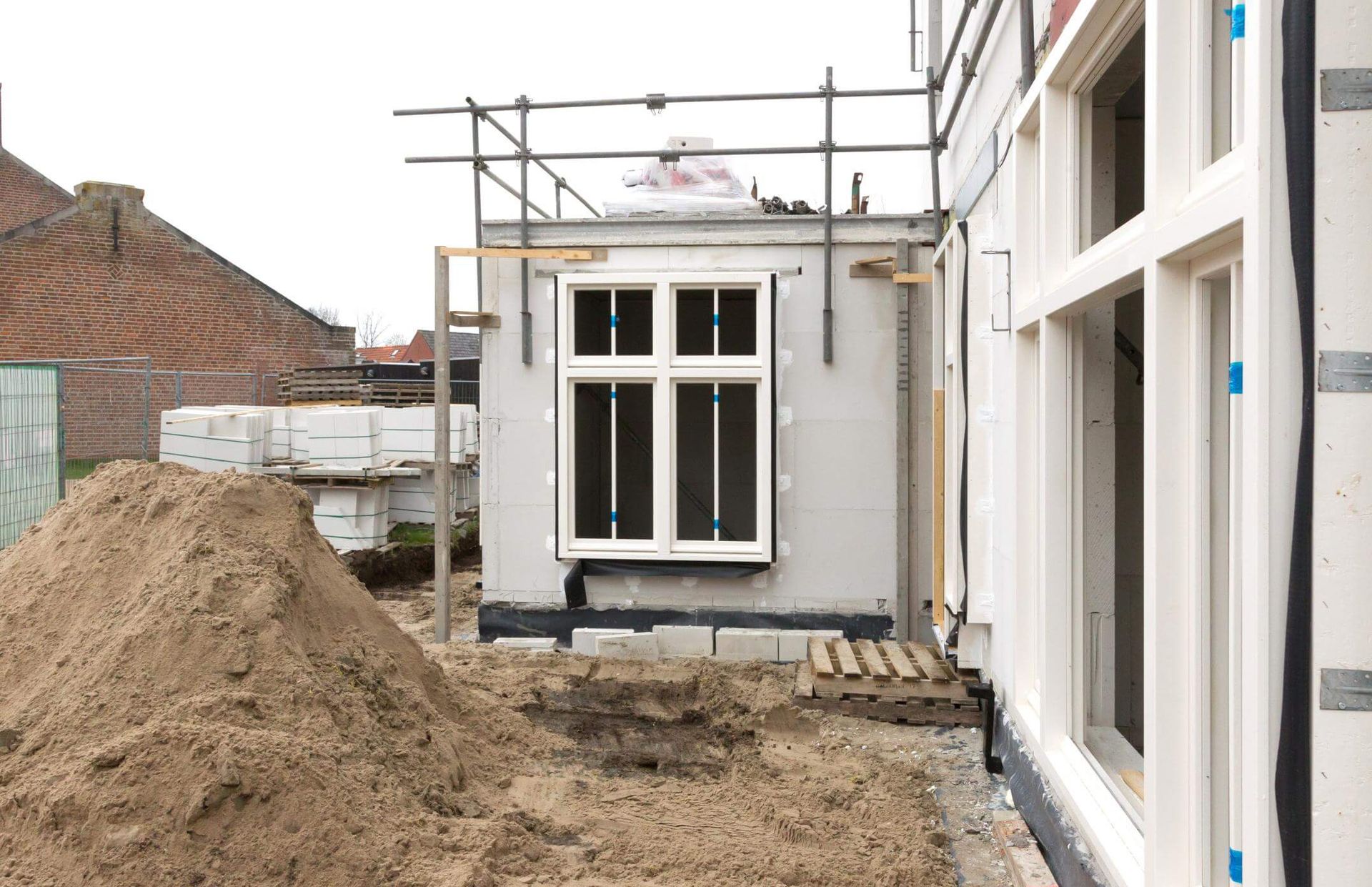Embracing Sustainability in Foundation Underpinning Practices
Embracing Sustainable Practices in Underpinning
In an era where sustainability is becoming a critical component of building and construction, integrating eco-friendly practices into foundational repairs, specifically underpinning, is both a necessity and an opportunity.
Foundation underpinning is a process used to strengthen and stabilize existing foundations, a vital consideration for any construction project looking to preserve structural integrity over time. This article explores how modern underpinning techniques can align with sustainable building practices to ensure environmentally responsible and effective foundation solutions.
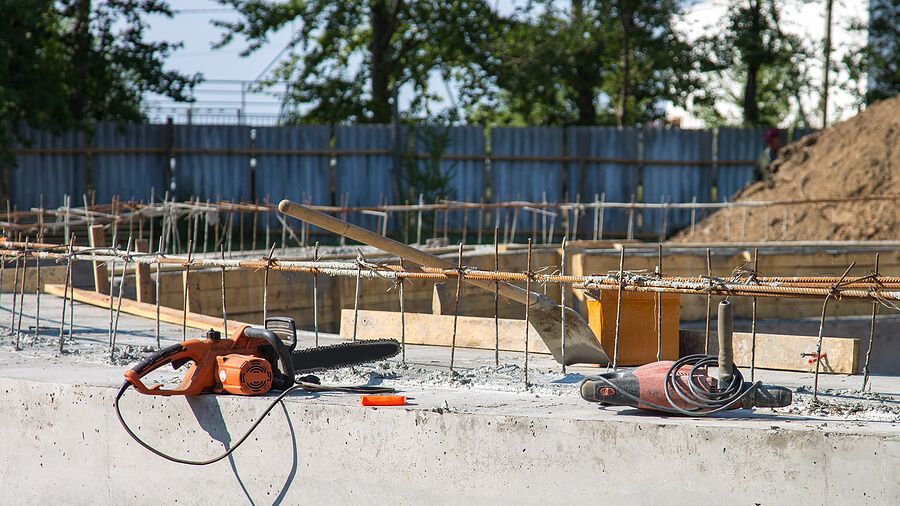
Understanding Foundation Underpinning
Foundation underpinning involves various methods designed to reinforce or extend the depth and breadth of an existing foundation. Whether due to the original foundation no longer being stable or sufficient, or changes in the use of the building that require a stronger foundation, underpinning is a critical process in building maintenance and safety.
Common Underpinning Techniques:
- Concrete Underpinning: The oldest method, involving the excavation of soil from beneath existing foundations and pouring concrete in stages to strengthen the base.
- Pilings Foundation: Utilizing vertical columns of wood, steel, or concrete driven deep into the ground to support the existing foundation.
- Under Pinning with Resins: Injection of expanding resins that solidify and expand to fill voids in and under the foundation.
Integrating Sustainability into Underpinning
The challenge in making foundation underpinning sustainable lies in minimizing environmental impact while ensuring structural integrity. This involves selecting materials, methods, and practices that reduce carbon footprints and promote long-term sustainability.
Sustainable Materials and Methods:
- Eco-Friendly Concrete: Using recycled materials or low-carbon alternatives in concrete mixtures.
- Recycled Steel Pilings: Incorporating recycled steel in pilings reduces waste and the demand for new raw materials.
- Precision Technology: Advanced technologies such as 3D imaging and GPS enable precise underpinning, reducing unnecessary excavation and resource use.
The Benefits of Sustainable Underpinning
Adopting sustainable practices in underpinning not only supports environmental conservation but also offers practical advantages to property owners and the community.
Environmental Benefits:
- Reduced Waste: By using recycled materials and more accurate methods, the amount of waste produced during underpinning projects can be significantly reduced.
- Lower Emissions: Sustainable materials and efficient processes contribute to lower carbon emissions associated with construction activities.
Economic and Structural Benefits:
- Cost-Effectiveness: Although the initial underpinning foundation cost might be higher when using specialized sustainable materials, the long-term savings in maintenance and energy efficiency can be substantial.
- Increased Property Value: Buildings that incorporate sustainable practices are increasingly favored in real estate markets, enhancing property values and appeal.
Challenges and Considerations
While the benefits are compelling, integrating sustainability into underpinning practices comes with its challenges. These include the availability of materials, the need for specialized skills, and sometimes, the higher upfront costs associated with innovative techniques like slab foundation repair and underpinning house projects.
Navigating the Challenges:
- Education and Training: Building a workforce skilled in sustainable underpinning techniques is crucial.
- Cost Management: Balancing the initial investment against long-term savings requires careful planning and budgeting.
- Regulatory Compliance: Ensuring that sustainable underpinning methods meet all local building codes and regulations.
As the construction industry moves towards more sustainable practices, foundation underpinning must also evolve. By integrating eco-friendly materials and techniques, this essential aspect of building repair can contribute to a more sustainable future while ensuring that structures remain safe and secure for their occupants. The role of underpinning in modern construction is not just about supporting buildings but also about supporting the planet.
For further information on sustainable construction and underpinning techniques, visit our homepage, explore our blogs, or check out our services page. Whether you are considering house foundation repair or curious about footing types, embracing sustainability can lead to more durable and environmentally friendly building practices.


